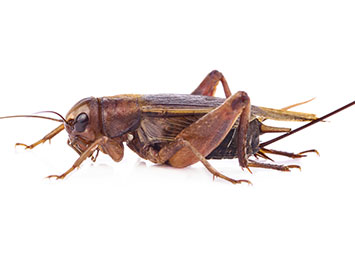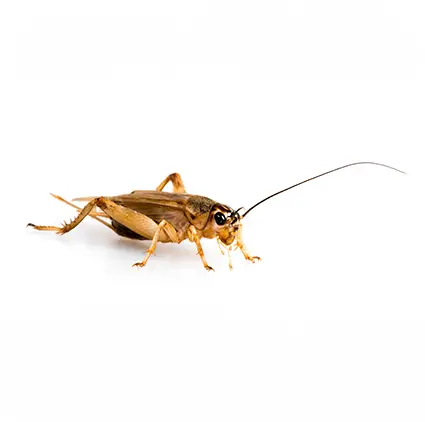Crickets are part of the landscape during summers in New York. Most people don’t mind them; their chirping is a nuisance at worst, so they’re largely ignored unless they make their way into someone’s home. However, for businesses that deal in textiles, food distribution, or agriculture, they can become a real issue if their numbers are large enough.
If you’re dealing with a cricket problem, count on Assured Environments to make it a thing of the past. Read on to learn more about these bugs.
Types of Crickets in New York
There are about 100 species of cricket in the United States alone – and over 900 worldwide. But for residents of New York, the following are the most common you’ll see:
House Cricket
Size: ¾ to ⅞ inches (16-22 mm) long
Color: Grey, light yellow-brown, or tan body with three dark bands on top of its head
Field Cricket
Size: ⅗ to 1 inch (15-25 mm) long
Color: Black or dark brown, shiny exoskeleton
Camel Cricket
Size: ½ an inch long with long, spider-like legs. Sometimes called “sprickets” or “spider crickets”
Color: Tan with dark brown and tan banded markings on torso, legs, and antennae



